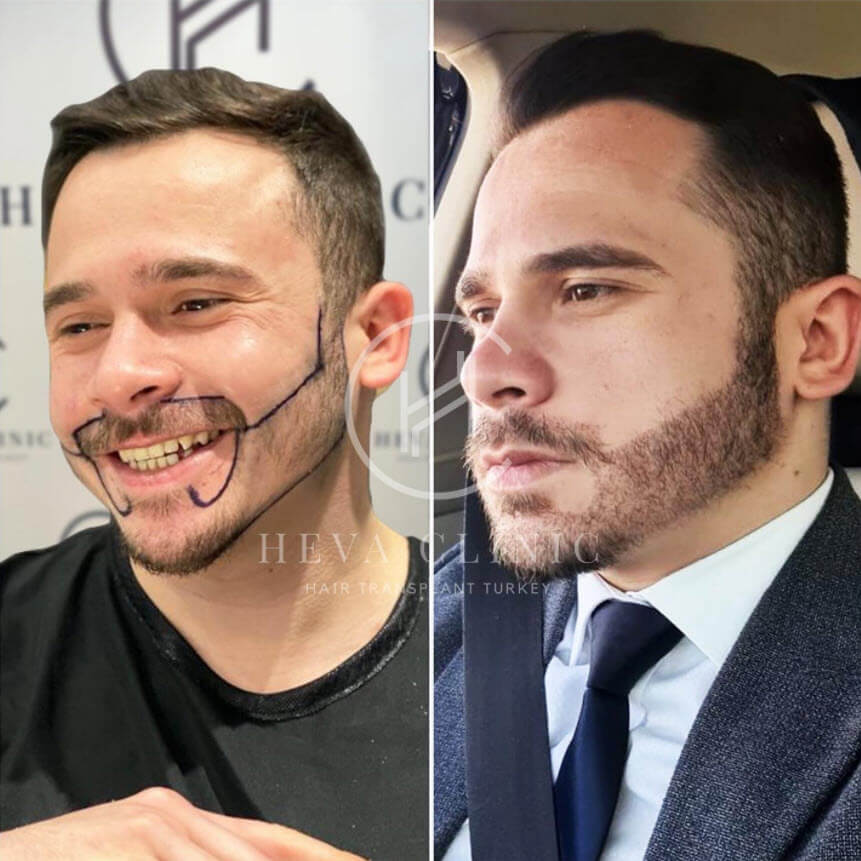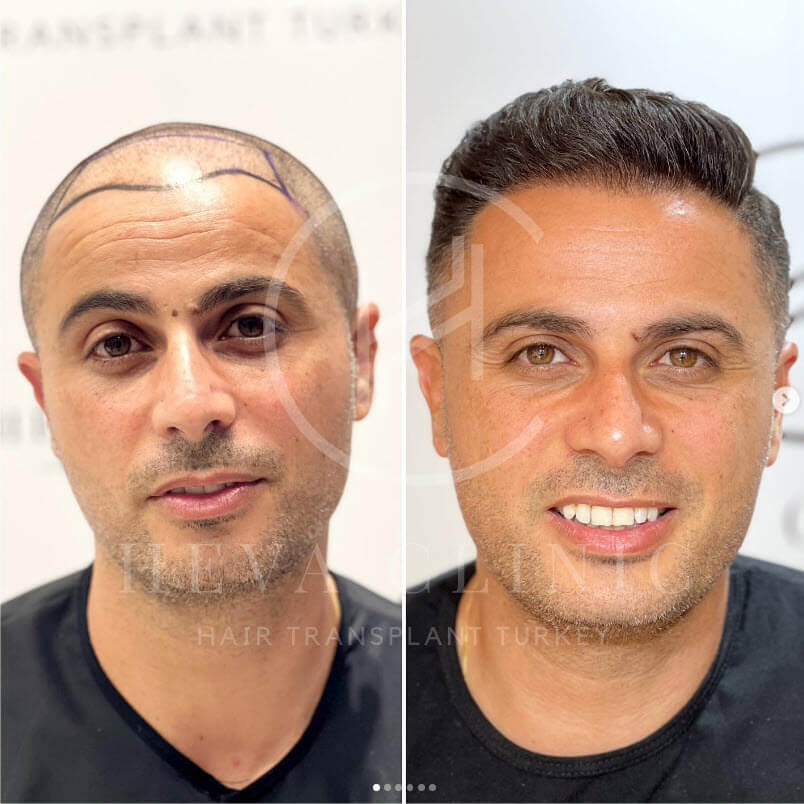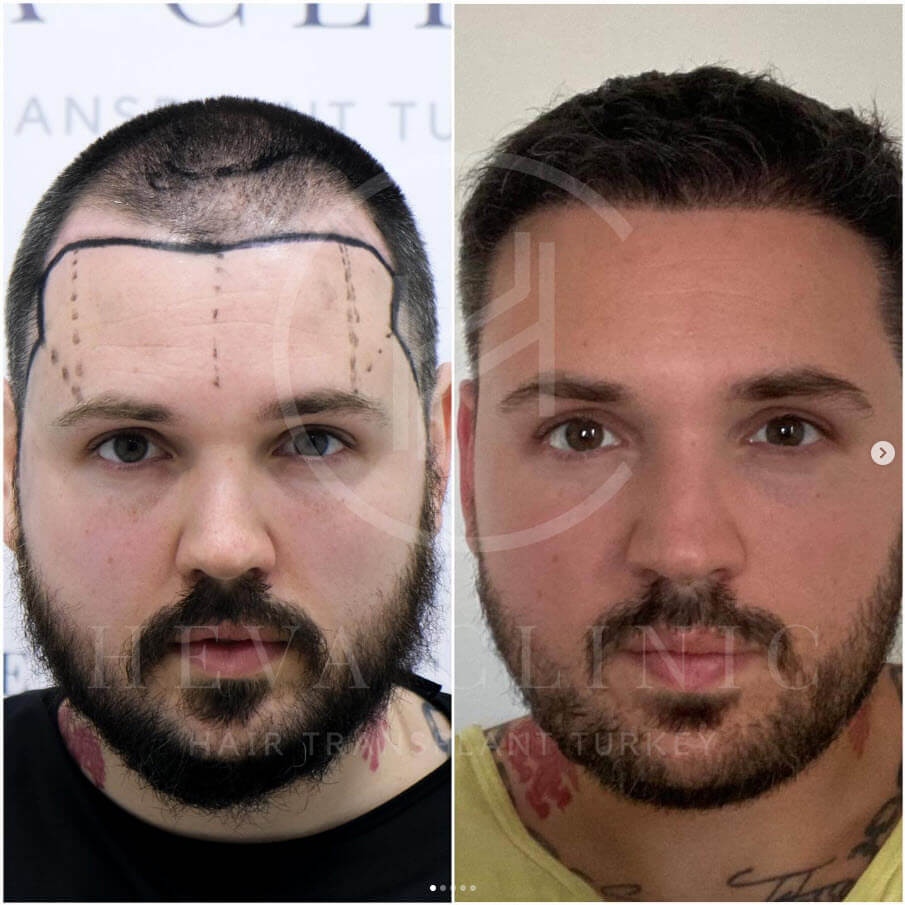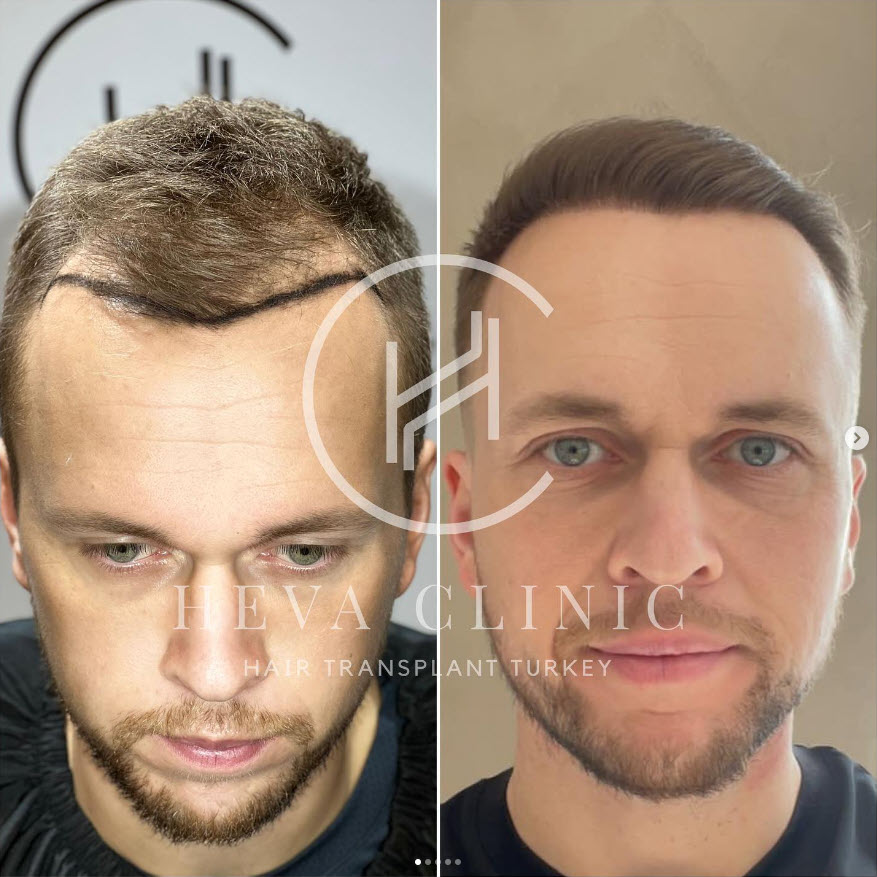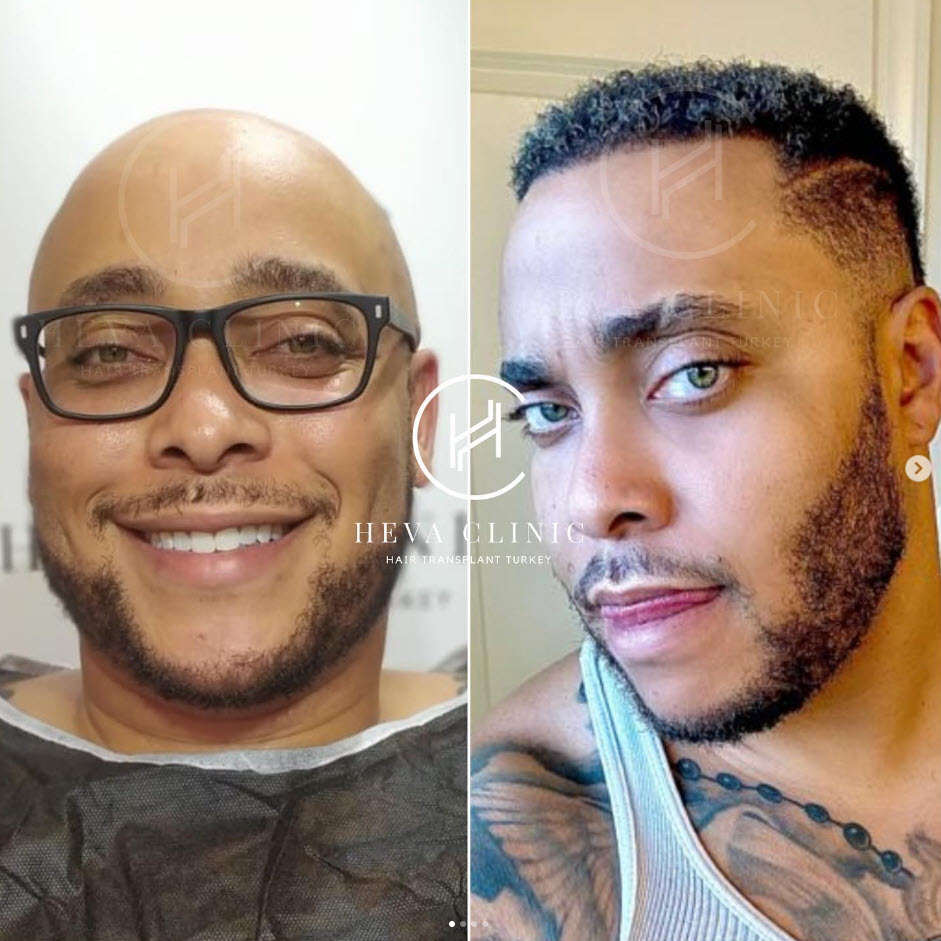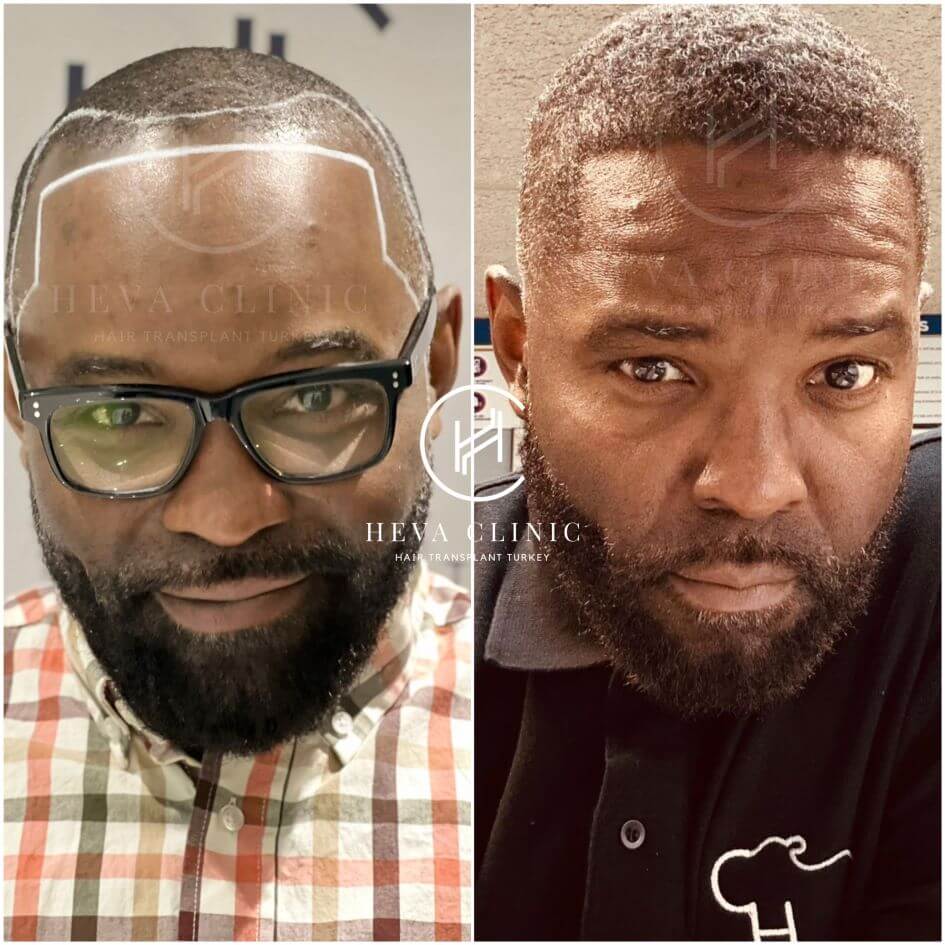In recent times, hair loss has emerged as a significant source of embarrassment and insecurity, especially among men and women, leading them to seek a long-lasting and permanent solution. The hair transplant procedure is widely regarded as the most effective method for addressing hair loss.
However, it’s crucial to acknowledge that like any surgical intervention, a hair transplant comes with its own set of pros and cons.
In this article, we will discuss the pros and cons of hair transplants to help you make informed decisions for managing hair loss and baldness.

What Is A Hair Transplant?
Hair transplant offers an advanced treatment for men and women suffering from baldness. It also offers a permanent or long-lasting solution for hair thinning. [1]
This procedure involves transplanting the hair follicles from a donor area to the recipient area. As a result, the healthy hair follicles from the donor area complete their growth cycle at the site of their transplantation, thus promoting the growth of new hair. [2]
There are several methods of hair transplant among which FUE and DHI are more popular. These two methods of hair transplant involve the extraction of hair follicles individually and then transplanting them into the areas of the scalp having training or baldness.
The FUE method uses punch tools for the extraction of hair. This is followed by the creation of microchannels for the implantation. The DHI method uses a Choi Pen, a specialized tool that eliminates the need for creating microchannels.
Your hair transplant expert at Heva Clinic will evaluate the extent and type of your hair fall and recommend the most appropriate hair transplantation methods suitable for you.
Pros Of Hair Transplant
Hair transplant offers several advantages in addition to providing a convenient method to restore hair growth with lasting results.
Let’s take a closer look at the pros of getting a hair transplant:

Natural Results
Since a hair transplant procedure uses hair follicles from the donor area in the patient’s own body, the hair growth appears natural. This is a unique advantage of hair transplant over most other treatments for hair loss. [3]
The procedure involves utilizing healthy hair follicles from the donor area and implanting them precisely and minimally. This can help you achieve natural-looking results that are often not possible with most other hair loss treatments.
Your experienced hair transplant surgeon at Heva Clinic will also ensure that the procedure will be barely noticeable, resulting in a seamless appearance that blends well with the rest of your hair.

Improves Confidence
Hair loss and baldness often cause embarrassment. They are also commonly associated with low self-esteem. A receding hairline and a thinning crown can also make men and women self-conscious, thus lowering their confidence. [4]
A natural-looking hair growth you can achieve by undergoing a hair transplant procedure can help you regain your self-esteem and self-confidence and restore your youthful appearance.

Cost-Effective
A hair transplant is considered a cost-effective option considering the long-term results it offers.
Most other hair loss treatment options seem to involve less expenditure. However, the results of these treatments last only for a short period, eventually requiring you to spend more money to sustain the results. Also, most other non-surgical hair transplant alternatives require several sessions to see the full effect, thus increasing the total costs.
A hair transplant, on the other hand, can be significantly cost-effective as it requires only one session and provides a long-term solution.
Cons Of Hair Transplant
Although the incisions taken during hair transplants are minimal, the treatment is still a surgical procedure, which implies the possibility of certain risks. Hence, it is crucial to be aware of the potential side effects and drawbacks of a hair transplant.
Let’s delve deeper into the cons of a hair transplant:

Slower Results
A hair transplant is a comprehensive procedure, which involves extraction and transplantation of hair follicles from the donor area to the recipient area.
Since the results of this procedure are dependent on the growth of the transplanted hair follicles, it takes time to see a noticeable difference, as the transplanted hair follicles have to go through their normal hair growth cycle.
In most cases, the final results of the hair transplant take a few weeks to nearly 12 to 18 months to become significat. This could be a disadvantage for people who are looking for instant results.
However, being patient and allowing the growth cycle of the hair to occur naturally will yield the desired results.

Requires Expertise
You may not see the desired results if the hair transplant is performed by an inexperienced surgeon. A hair transplant is an advanced and sophisticated procedure that can impact your overall appearance and personality. Hence, it is very important to choose the right surgeon who has the skills and expertise needed to perform this procedure with great precision.
Hence, it’s crucial to remember that perfection can be achieved only with knowledge and practice and choose a surgeon with ample experience in hair transplant for successful outcomes.

Permanent Complications
Hair transplantation is generally a safe and effective method for treating hair loss. However, just like any other surgical intervention, it carries certain risks.
Some common complications associated with this procedure include infection and scarring.
The risk of infection can be easily avoided by following appropriate hygienic precautions and using safe hair care products such as shampoos and conditioners as recommended by your hair care expert at the Heva Clinic. In some cases, the scarring at the donor site may be permanent if there is damage to the tissue during the procedure. In some cases, permanent hair loss may occur.
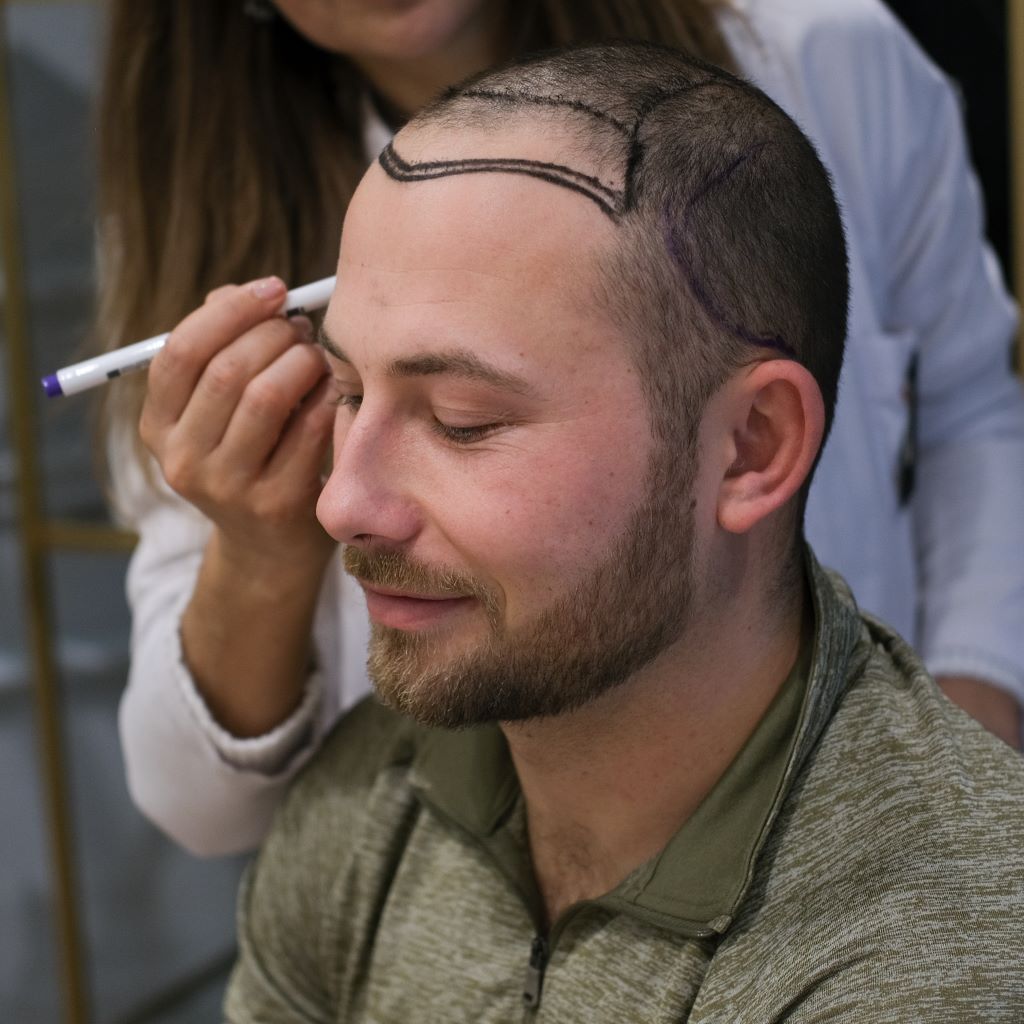
How Long Does Hair Transplant Last For?
The results of a hair transplant usually last for several years, provided the procedure is performed by a skilled and experienced hair transplant surgeon.
Following a healthy diet and lifestyle and taking good care of your hair can help in sustaining the results for longer. For example, reducing your alcohol intake, avoiding smoking, and eating a nutrient-dense diet can help promote hair growth.
On the other hand, unhealthy lifestyle habits and choosing unsafe or unsuitable hair care products containing sulfate or paraben might reduce the longevity of the results.
What Are the Potential Side Effects of Hair Transplant?
Some potential side effects of a hair transplant include:
What Are the Alternatives to Hair Transplant?
Hair transplant surgery is increasingly favored by men and women experiencing hair loss, hair thinning, and baldness due to its ability to provide permanent and natural-looking results.
However, being a surgical procedure, some people feel hesitant about choosing it. In such instances, they may seek alternative options.
Fortunately, there are a few alternatives to hair transplant surgery, including PRP, scalp micropigmentation, forehead reduction, medications, hair replacement systems, and steroid injections.
Let’s delve deeper into each of these alternatives to gain a comprehensive understanding.
PRP (platelet-rich plasma) has gained popularity as an alternative to hair transplant due to its efficiency. One of the reasons why it is favored is that it has minimal side effects, as it utilizes the patient’s own blood plasma.
PRP hair treatment can nurture the skin and enhance hair rejuvenation. Moreover, PRP can also be used after a hair transplant to promote growth. However, it is essential to note that PRP treatment often takes several sessions to show the full results, which may increase the overall cost that you have to pay.
Therefore, it is advisable to consult our hair care expert at the Heva Clinic to learn more about PRP and its pros and cons.
If you’re seeking an alternative to address hair loss, scalp micropigmentation might present a compelling option. This advanced technique involves the application of tattoo-like dots that simulate the presence of hair follicles, resulting in a fuller appearance.
Scalp micropigmentation boasts a remarkable success rate ranging from 95 to 100 percent. Moreover, you can observe immediate results, although some redness may persist for a few weeks.
Whether you’re considering a buzzcut appearance or covering small, sparse areas, scalp micropigmentation could be an ideal solution.
Offering an effective remedy for those grappling with a receding hairline, forehead reduction surgery involves the elimination of excess skin from the forehead and a reduction of the hairline.
While hair transplant procedures serve as a better alternative, forehead reduction surgery boasts a slightly higher success rate, typically ranging from 95 to 100 percent. However, it’s important to recognize that this method doesn’t provide a permanent solution for hair loss; rather, it’s a surgical intervention aimed at lowering the hairline.
Following forehead reduction surgery, noticeable results can be observed shortly after the procedure, with the recovery period typically lasting around six weeks. During this time, swelling and redness may occur. Also, compared to hair transplant surgery, forehead reduction may yield quicker results. However, due to its invasive nature, forehead reduction surgery tends to be slightly more expensive than hair transplant procedures. Explore our Forehead Reduction Before & After Photos.
In addressing hair loss concerns, medications offer a viable option, particularly in the treatment of male pattern baldness, also known as androgenetic alopecia. These medications help by inhibiting the action of DHT, a hormone responsible for converting testosterone and triggering hair loss.
Furthermore, some medications can also facilitate hair growth. Minoxidil and Finasteride stand as the most commonly utilized medications for this purpose.
Minoxidil typically involves topical application, while Finasteride is taken orally. However, consistent usage of these medications is crucial to observe significant results. Also, it’s important to note that hormonal imbalances may arise from the use of these medications, underscoring the importance of seeking guidance from a healthcare professional.
Non-surgical and non-invasive, hair replacement systems offer an immediate solution for concealing hair loss.
It involves utilizing wigs or hairpieces to cover areas of hair loss or exploring various hairstyles. However, it’s essential to understand that these products do not address the underlying causes of hair loss; rather, they solely serve the purpose of concealing balding areas.
Is It Worth Getting a Hair Transplant?
Yes. Although there will inevitably be pros and cons of hair transplant, it’s crucial to keep in mind the undeniable truth that undergoing a hair transplant can be a valuable investment.
A hair transplant stands as the sole treatment offering permanent results, freeing you from the concerns of hair loss indefinitely. With its capacity to yield natural-looking outcomes and a seamless process, a hair transplant emerges as the most advantageous approach.
How To Choose Your Hair Transplant Clinic?
Selecting the ideal hair transplant clinic can feel overwhelming, akin to the complexities of the surgery itself. Given its significant impact on both the transplant results and overall experience, making a well-informed choice is paramount.
A valuable method in determining the best hair transplant clinic is to peruse patient testimonials. Additionally, examining before and after photographs of patients can offer insight into the transformative effects of a hair transplant.
Furthermore, evaluating the package deals and exclusive services provided by clinics can help you in decision-making. These exclusive services may encompass post-surgery care, follow-up appointments, and medication provisions.
To get a more precise idea of which clinic is right for you, it is always helpful to consult our medical consultants to get a pre-consultation. Our consultants are equipped to address any inquiries, offer expert guidance, and assist you in making the optimal decision for your specific needs.
References:
- https://www.ncbi.nlm.nih.gov/books/NBK547740/
- https://pubmed.ncbi.nlm.nih.gov/33905785/
- https://pubmed.ncbi.nlm.nih.gov/26176286/
- https://pubmed.ncbi.nlm.nih.gov/38123846/

